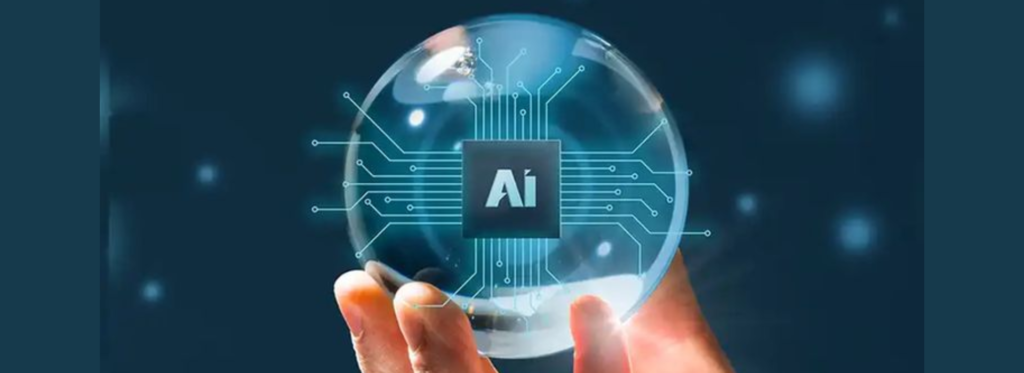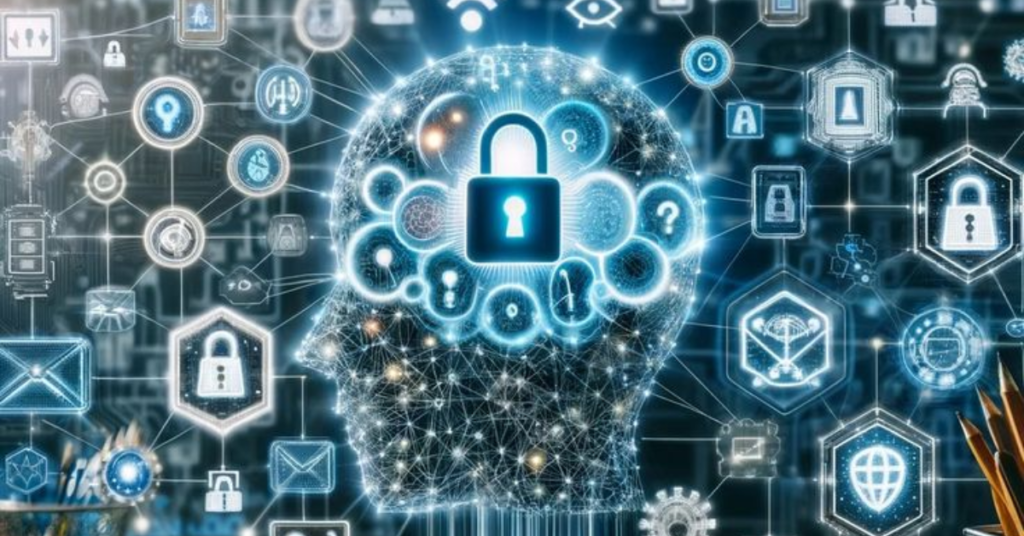This nature of growing technology has pushed many businesses and the world in general to embrace Artificial Intelligence (AI) in many folds including cybersecurity. As we advance to the year 2025, the Cloud Operation especially in Cloud Data Center is going to be much more depended on and hence require high security. Since it is ideally suited for the extraction of valuable insights from large ensembles of data, which is typical in cyber security scenarios, AI is slowly but surely taking its place among the key tools of the cyber security trade. In this blog, we will be looking at some of the trends emerging in Artificial intelligence and data security and how solutions such as Hostaix are bringing a revolution into how organizations protect their cloud operations.
The Growing Importance of AI in Cybersecurity
They are rising in both frequency and complexity, primarily in cloud data centers and main digital structures. Real time learning is one of the strengths of AI based systems, which puts it a step ahead of conventional security solutions. By leveraging machine learning (ML) and predictive analytics, AI can:
Identify Anomalies: Through analyzing traffic flow of a particular network, it is possible for integrated AI systems to recognize such patterns and threaten before they get out of hand.
Automate Threat Responses: This makes it considerably harder for intruders to implant malware and compromise a system, since with AI, response times are dramatically reduced.
Enhance Predictive Capabilities: As a result of analyzing the data derived from the previous attacks, the AI is capable of foreseeing the further attacks.
These capabilities make AI a valuable tool in current cybersecurity and particularly for cloud environments.
Key Trends in AI-Driven Cybersecurity for 2025
1. AI-Powered Threat Detection
For cyber threats, new threats require new ways of detection. According to experts, AI-driven systems will dominate the process of threat identification and subsequent elimination by 2025. These systems use sophisticated programs to scan large amounts of data that are produced by cloud data centers for risk points.
2. Enhanced Endpoint Security
Techniques, and services, continues to be core objectives of cyber criminals getting access to all kind of edge devices like user devices and servers. Alerts can be automatically send by the solutions based on AI for constant surveillance of these endpoints and swiftly apply countermeasures where needed. For example, Hostaix has premium endpoint protection for clients who use the cloud, guaranteeing protection without latency.
3. AI in Zero-Trust Architecture
ZTA has rapidly emerged as a robust framework for constructing cybersecurity models in the contemporary world. AI improves ZTA because a system can on a constant basis assess the features of a user and make decisions of granting him/her access based on the risk assessment. Moreover, this adaptive method is appropriate for cloud data centers, particularly since the users and devices are typically distributed across different points.
4. Automated Security Operations Centre (SOC)
It is expected that by 2025 full autonomous SOCs would be embedded with AI that will reduce the involvement of human personnel while optimizing the system. Primarily, by including artificial intelligence into their supply, cloud data centers can eliminate automatism of the threat identification process and response to it, as well as recover altogether.

5. Innovations appropriate to the speciality area of Natural Language Processing (NLP)
Consequently, technology, particularly Natural Language Processing (NLP), part of the broad domain of Artificial Intelligence (AI), is assuming increased importance in the detection of phishing emails, evils texts, and other forms of social engineering. These tools make use of context as well as intent and if applied early enough, organizations do not experience the fraud that stems from people mistakes.
AI and Data Security for Cloud Operations
Most companies have shifted from the traditional data center to cloud computing solutions because they are flexible and scalable. But on the same note it has brought emerging threats such as data leaks, insiders threats and compliance threats. There is growing proof that the use of AI can help contain some of these risks.
Securing Cloud Data Centers
The cloud data centers, as storage infrastructure for lots of sensitive data, are too appealing to various cyber-criminals. AI-driven solutions like those offered by Hostaix provide multi-layered security, including:
- Real-Time Monitoring: AI constitutes an ongoing search for markers of irregularity, which puts threats into the picture as soon as possible.
- Data Encryption: Sophisticated AI processing Deal with data decryption keys to maintain data security in transit as well as ‘at rest’.
- Access Control: AI helps to implement the application of dynamic access control, adjusting the rights to its user activity.
Combating Insider Threats
Malicious insiders’ activities or negligence compromise cloud security and can substantially harm cloud operations. By assessing user behavior, a threat may be recognized based on the deviations from normative patterns. For instance, if an employee downloads a large amount of data during off-working hours, the AI management can set off the alarm.
Ensuring Regulatory Compliance
As we know, there are numerous data protection regulations such as GDPR and CCPA that regulate how businesses should handle individuals ’ information. By so doing AI reduces the penalties of non-compliance by automating the data audit, data flow tracking and report generation.
The Role of Hostaix in AI-Driven Cybersecurity
Hostaix is one of the leading providers of AI-based cybersecurity solutions, it leads the way to protect cloud data centers. By deploying advance AI technologies, Hostaix provides relevant services to address new security challenges for the corporates.
Key Features of Hostaix Solutions:
- Predictive Threat Intelligence: Hostaix’s systems involve the application of artificial intelligence on cyber threats’ anticipation and mitigation to mitigate downtimes and data loss incidences.
- Comprehensive Cloud Security: Due to the fact that it has developed tools which are tailored for cloud environments, Hostaix maintains and protects the data’s accuracy, privacy and accessibility.
- Scalability: When new companies join or companies grow, there is an easy integration of Hostaix solutions with the increased traffic in mind.
- User-Friendly Interface: However, Hostaix’s platform is easy to use but equipped with leading-edge mechanisms through which organizations can easily handle security.
Looking Ahead: Challenges and Opportunities
Enthusiasts of AI in the cybersecurity scenario suggest great opportunities but also see several issues. These include:
- Ethical Concerns: AI usage stems concerns relating to privacy and protection of the information.
- Adversarial AI: It also leads to the AI development of attacks as the criminals work hard to improve the types of attack that they use which leads to a constant escalation.
- Skill Gaps: It was observed that many organizations can experience a difficulty to attract or hire professionals with the skill set necessary to undertake and lead AI-based solutions.
But such issues also hold possibilities for change or development in one form or the other. AI research is key to Hostaix and other companies that are working towards providing technologies that make the future of cybersecurity much safer for all of us.
Conclusion
Moving to 2025, the part of AI in strengthening protection of cloud processes cannot be overestimated. This paper addresses the threat of artificial intelligence along with some of the ways in which AI is expected to revolutionize the future of security. Larger players such as Hostaix have set these trends; therefore, any business can go to the cloud with the full understanding of its safety. It is by being aware of the trends herein discussed in this blog that organizations not only reduce risks but also use AI to create competitive strengths within a digital context.
